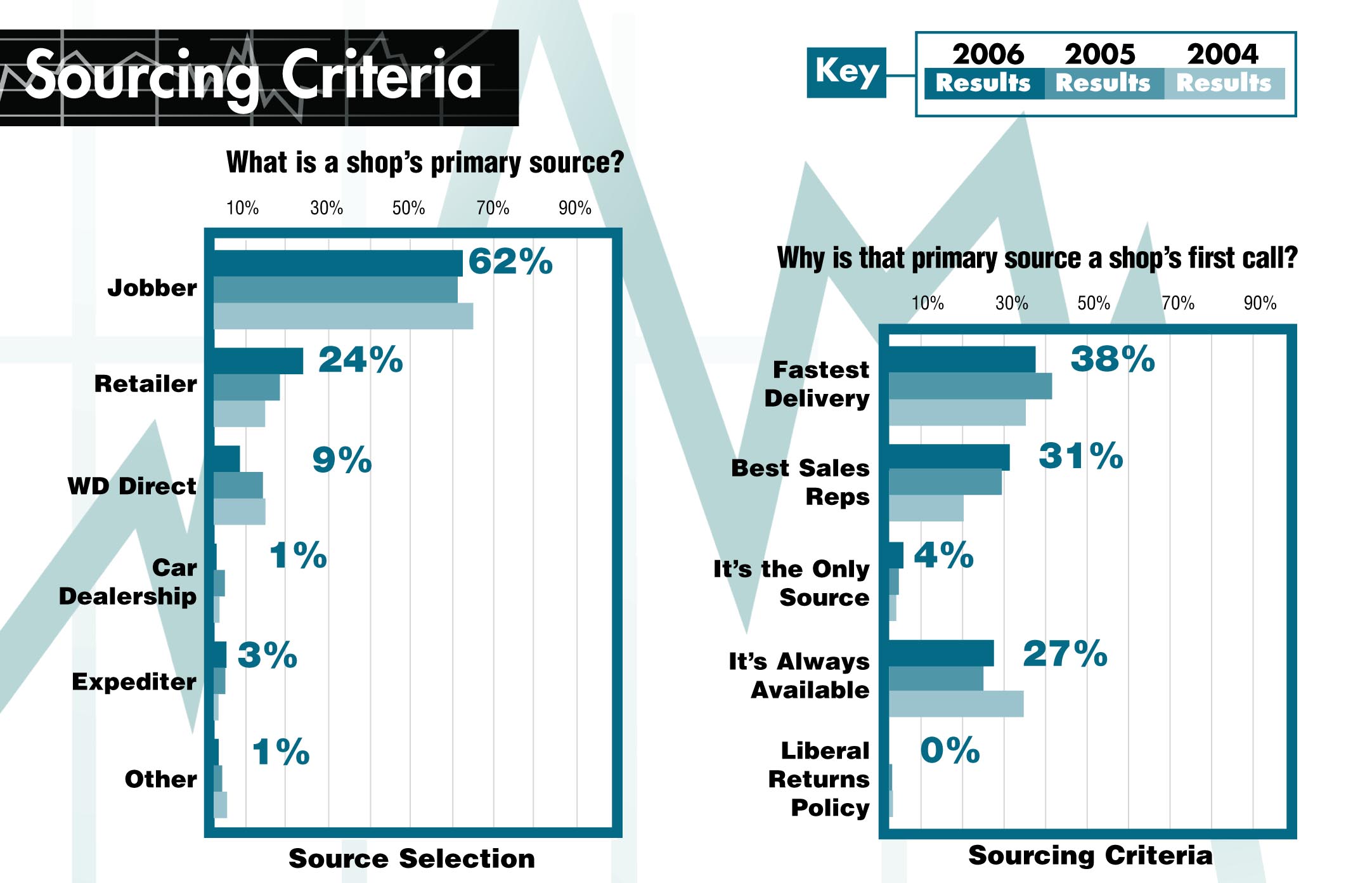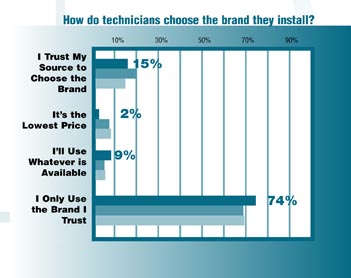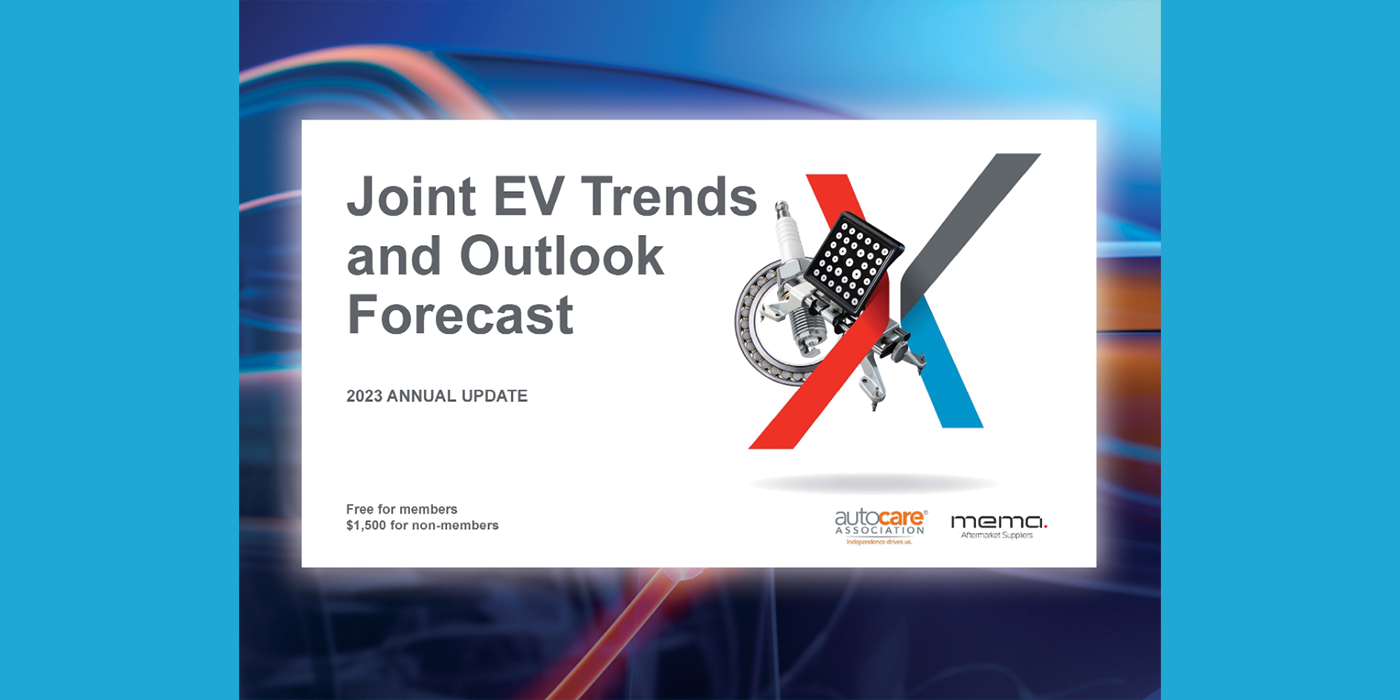From aftermarketNews/Counterman staff reports
Each week, The Pulse provides insight into the buying, sourcing and brand-loyalty habits of counter professionals and professional technicians. This week, we look at technicians’ sourcing habits for belts and hoses.
Belts and hoses are among the most common parts that shops say they regularly stock, according to a 2006 survey conducted by Counterman magazine. However, where they get these parts has shifted from years past. While jobbers remain the primary source, with 62 percent of shops relying on them for belts and hoses, retailers are gaining ground, with 24 percent of shops going to them as their primary source. This is an increase from 2005, when 18 percent of shops called on retailers first. WD direct dropped from 14 percent in 2005 to 9 percent in 2006.
With belts and hoses being used with some frequency in repair scenarios, speed of delivery is a big concern. When it comes to why shops rely primarily on jobbers when sourcing belts and hoses, 38 percent said it’s because they offer the fastest delivery. "Best sales reps" was the second most common response (27 percent.)

Brand remains a strong consideration in this category, with 74 percent of technicians surveyed citing that they only use a brand they trust when sourcing belts and hoses. Price was of least concern to them.

These and other statistics can be found in the Professional Automotive Repair Technician Survey (P.A.R.T.S.), produced annually by Counterman magazine. Seven years ago, Counterman began surveying repair shops annually to determine when, how and why they source specific automotive parts and products. The resulting data, published every Fall, offers perspective on how sourcing and brand-loyalty trends have changed.












